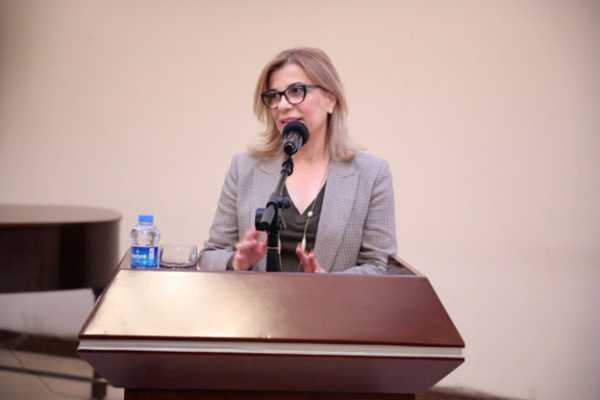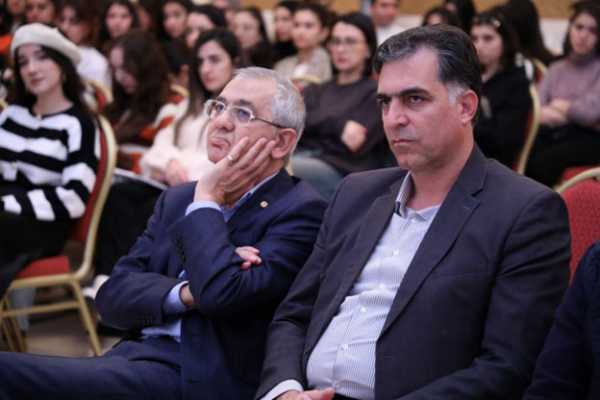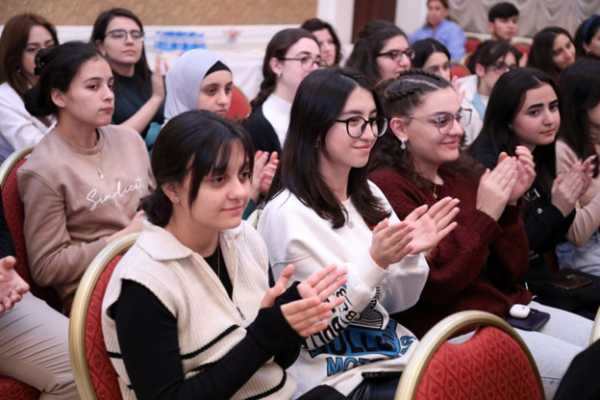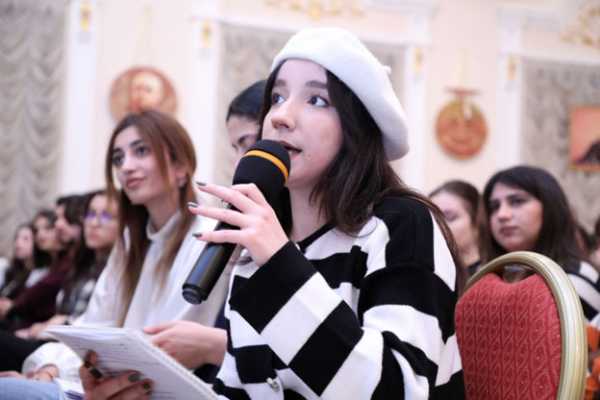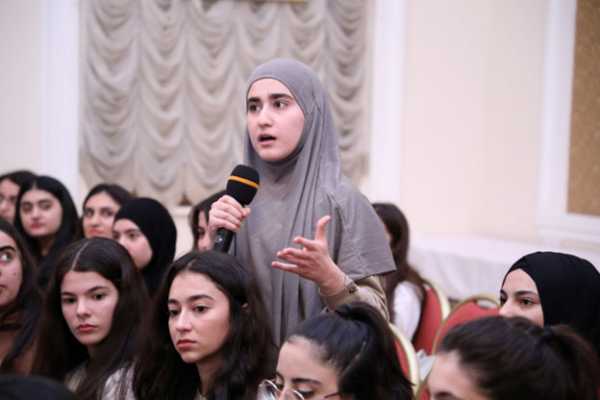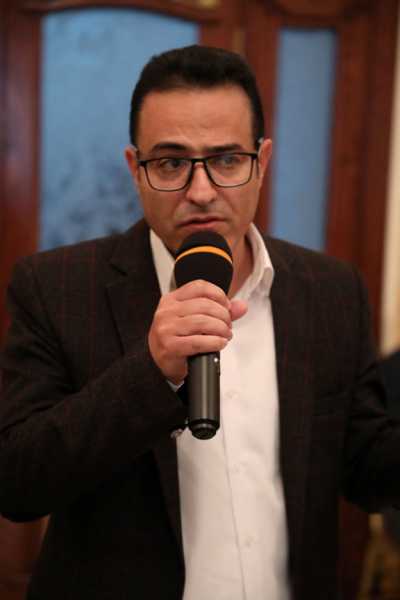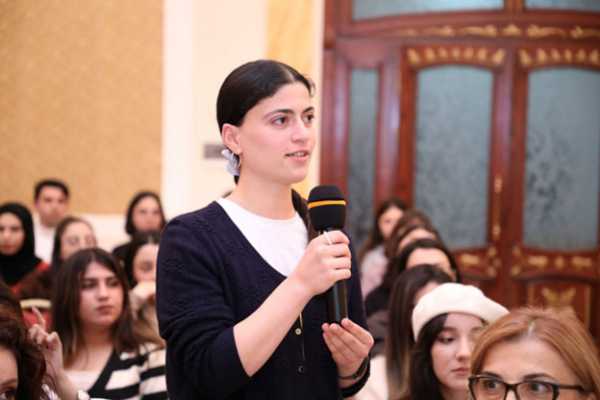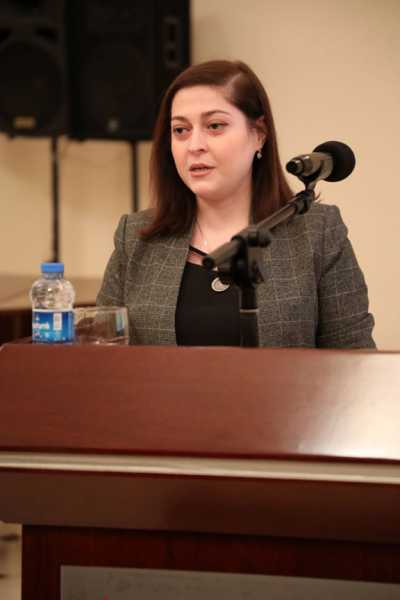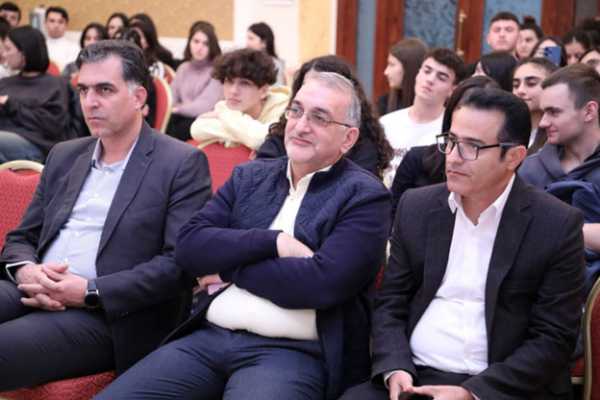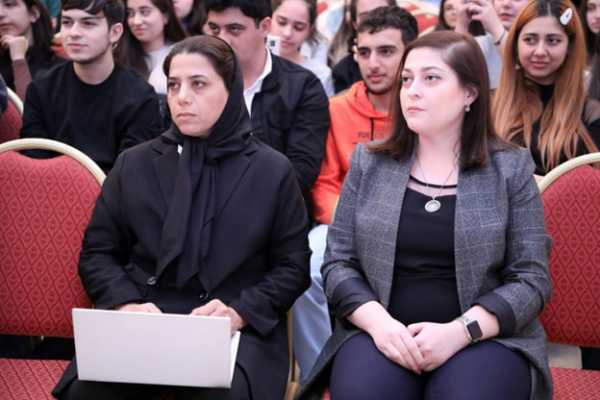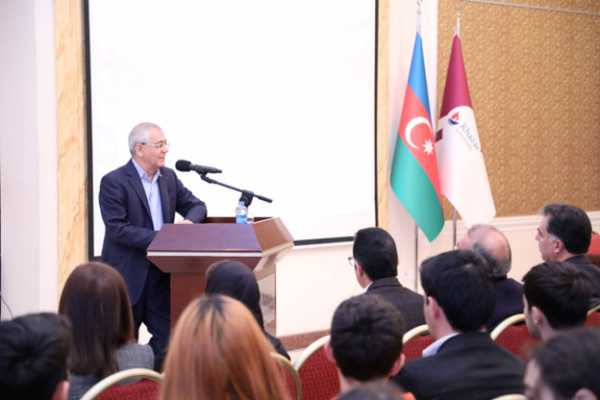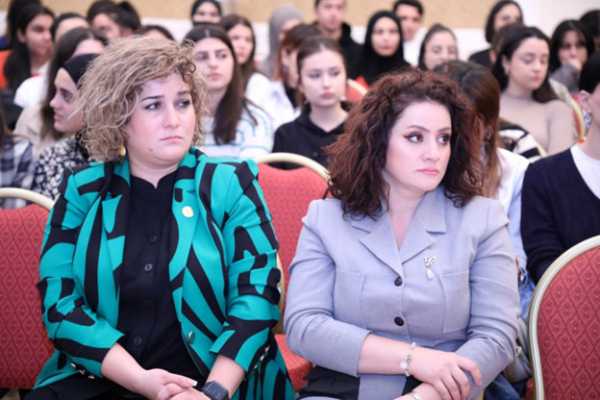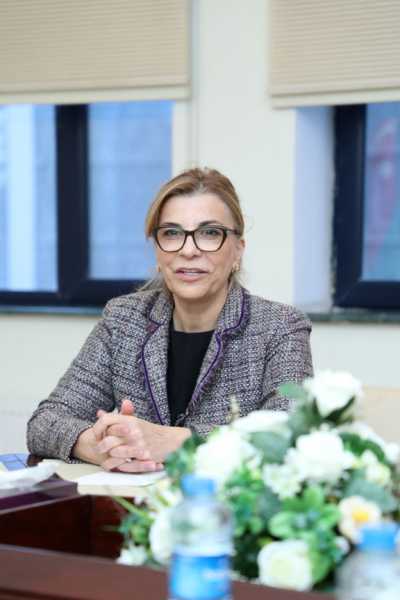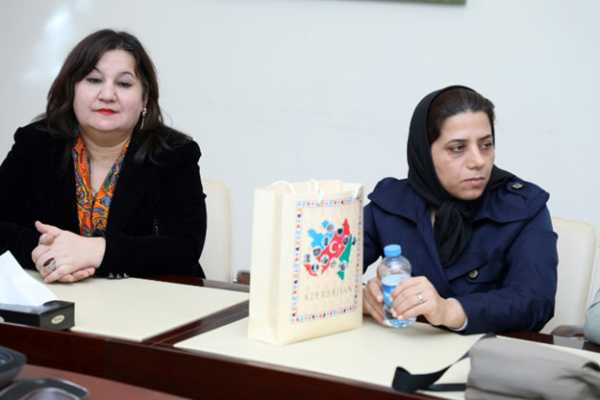Royan Institute researchers, a prominent Iranian research center known for reproductive biomedicine and stem cell research, held an intriguing lecture at Khazar University from November 27 to 29. The 1st Joint Seminar on Somatic Cell Nuclear Transfer (SCNT) has been organized by the academic staff of Khazar University’s Life Sciences department.
The seminar focused on Somatic Cell Nuclear Transfer (SCNT), with active participation from Khazar University academics and students.
Professor Hamlet Isaxanli, the founder of Khazar University and Chairman of its Board of Directors and Trustees, began the opening event with a sincere welcoming address. The Rector of Khazar University, Assoc. Prof. Irada Khalilova, also addressed the audience, expressing her delight in the collaborative academic endeavor.
The seminar continued with Royan Institute speakers who shed light on different aspects of SCNT.
First, Prof. Dr. Mohammad Hossein Nasr Esfahani presented an engaging talk titled “Cloning, Past-Present-Future,” which provided a thorough review of the history and future possibilities of cloning technology.
Dr. Mehdi Hajian, an esteemed Royan Institute researcher, provided significant insights into the “Technical Aspects of SCNT.” Attendees were introduced to a deep analysis of the scientific and technological aspects that drive Somatic Cell Nuclear Transfer, improving their understanding of this cutting-edge topic.
Dr. Farnoosh Jafarpour of the Royan Institute then impressed the audience with his presentation, Revealing the Epigenetic Stories of Cloning. Dr. Jafarpour’s presentation provided an in-depth look at the epigenetic implications of SCNT, putting light on the complex biological processes.
Khazar University’s Life Sciences department was essential in coordinating this joint academic meeting, assuring the active participation of both academic staff and students.
The Royan Institute and Khazar University 1st Joint Seminar on Somatic Cell Nuclear Transfer not only marked an important event in academic partnership but also set the foundation for future developments and collaborative endeavors. The exchange of information and ideas between these highly esteemed institutions can define future potential collaboration.
